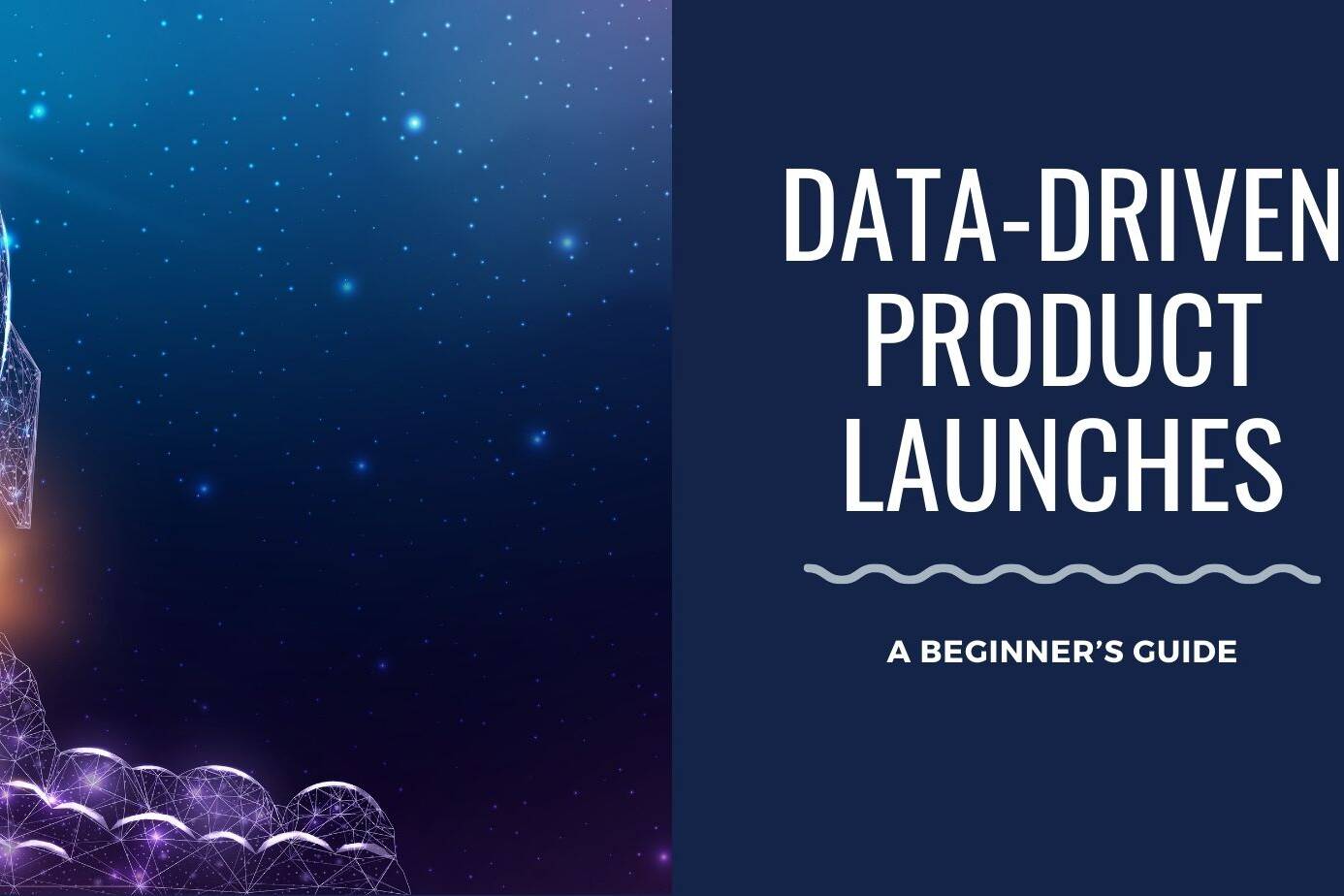Transforming data into actionable insights is vital for businesses to make informed decisions and drive growth. One of the critical success indicators for your product analytics effort is how well you can achieve this transformation. Factor Analysis is one of the essential techniques that allows extracting insights from the data by effectively analyzing and understanding the underlying patterns in data. It is a statistical technique designed to uncover the underlying structure of variables or factors contributing to observed patterns in datasets.
Table of Contents
ToggleHow Does Factor Analysis Help?
There are multiple areas where Factor Analysis can help product teams gain insights that will help them make effective product decisions.
- Feature Usage and Importance: SaaS companies often offer many features. Factor analysis can help determine which features customers most use and value. Companies can identify patterns and group features into factors based on their use by analyzing usage data. For example, factors might emerge that represent “collaboration features,” “analytics features,” or “customization features.” Understanding these patterns allows the company to focus development efforts on the most impactful features and potentially de-prioritize or remove less critical features.
- Customer Segmentation for Personalized Marketing: SaaS businesses can use factor analysis to segment their user base more effectively. Companies can identify underlying factors defining customer segments by examining user behaviors, subscription plans, interaction rates, and feedback. These segments might be based on usage intensity, feature preference, business size, or industry type. Tailored marketing strategies and product offerings can be developed for each segment, increasing conversion rates and customer satisfaction.
- Churn Analysis and Retention Strategies: SaaS businesses must understand why customers cancel their subscriptions (churn). You can apply Factor analysis to churn data to uncover the key factors leading to customer departure. These factors include perceived value, customer support experience, pricing, or product complexity. Insights gained from this analysis can inform targeted retention strategies, such as improving customer support, adjusting pricing models, or simplifying the user interface.
- Product Development and Roadmap Planning: Factor analysis can inform product roadmap decisions by identifying the most desired enhancements or new features. SaaS companies can determine which product areas require attention or improvement by analyzing customer feedback, feature requests, and support inquiries. This data-driven approach ensures that development efforts align with customer needs and market demand.
- User Onboarding Optimization: The onboarding process is critical in SaaS products to ensure customer engagement and long-term retention. Factor analysis can help identify which elements of the onboarding process are most effective and which might be causing confusion or drop-offs. For instance, factors include ease of initial setup, effectiveness of training materials, or clarity of user guides. Improving these factors can lead to a smoother onboarding experience and higher user retention.
- Pricing Model Refinement: SaaS companies often need help determining the most effective pricing strategy. Factor analysis can be used to understand how different pricing models affect customer acquisition and retention. By examining data on customer demographics, usage patterns, and subscription levels, companies can identify the most appealing pricing structures for different customer segments.
Types of Factor Analysis
Factor analysis comes in two primary forms: Exploratory Factor Analysis (EFA) and Confirmatory Factor Analysis (CFA). EFA is used when the structure of data is unknown. It explores and identifies underlying factors, providing insights and generating hypotheses for further analysis. Conversely, CFA tests pre-specified hypotheses about the data’s structure. It’s often applied to confirm EFA results or evaluate a proposed factor structure.
Exploratory Factor Analysis (EFA)
EFA is a technique for analyzing datasets without prior assumptions about their structure. It identifies latent factors explaining correlations among observed variables, thereby revealing the dataset’s underlying structure. EFA’s goal is to simplify the data analysis by reducing the number of variables considered.
Confirmatory Factor Analysis (CFA)
CFA, in contrast, tests specific theories or models about a dataset’s structure. Researchers propose a hypothesis about how observed variables relate to latent factors. This model is then tested against the data using various fit indices to assess its accuracy. A good fit suggests the model accurately represents the data, whereas a poor fit may necessitate model revision.
Additional Forms of Factor Analysis
In addition to the above broad categorization, there are a few other forms of Factor Analysis, each serving specific purposes:
- Common Factor Analysis: This method focuses on shared variances among variables, seeking to understand underlying dimensions influencing the observed variables.
- Principal Component Analysis (PCA): PCA reduces data dimensionality by transforming variables into uncorrelated principal components, summarizing the dataset’s variance. It’s useful for data compression and visualization.
- Maximum Variance Extraction: This method in EFA aims to identify factors that capture the most variance in the data, offering a concise representation of the driving factors.
- Single Factor Analysis: Also known as one-way ANOVA, this technique examines the relationship between a single independent variable and a dependent variable, finding applications across various fields.
Statistical Methods in Factor Analysis
A few primary statistical methods used in Factor Analysis are as follows.
- Correlation Matrix: It quantifies the linear relationships between pairs of variables, serving as a foundational step in understanding data interconnections.
- Linear Regression Model: This model analyzes relationships between a dependent variable and independent variables, helping to understand how changes in the latter affect the former.
- Latent Variable Modeling: Techniques like structural equation modeling analyze relationships between observed and latent variables, which is essential for dealing with unobservable constructs.
Applying Factor Analysis in Practice
To apply factor analysis to a product, analysts follow a structured process:
- Define the analysis objectives: Identify the purpose of using factor analysis for your product. Determine the variables or factors you want to analyze to understand consumer behavior better.
- Collect the relevant data: Gather data related to your product and consumer preferences. This data may include survey responses, purchase history, or other relevant sources.
- Pre-process the data: Clean and organize the collected data to eliminate errors or inconsistencies. Ensure that the data is in a suitable format for factor analysis, such as numerical or categorical.
- Conduct factor analysis: Apply the factor analysis technique to the pre-processed data. This technique helps identify underlying factors that influence consumer preferences. Use statistical tools to perform the analysis.
- Determine the number of factors: Examine the output from the factor analysis to identify the number of factors to consider. Look for factors with eigenvalues greater than one and interpret factor loadings to determine the significance of each factor.
- Interpret the factors: Analyze the factor loadings and their corresponding variables to understand the underlying dimensions influencing consumer preferences. Group variables with similar factor loadings together to create meaningful factors.
- Validate the factors: Assess the reliability and validity of the identified factors. Use techniques such as Cronbach’s alpha or confirmatory factor analysis to ensure the factors accurately represent consumer preferences.
- Apply the results: Utilize the identified factors to inform product development, marketing strategies, and targeted consumer segmentation. Design products and marketing campaigns that cater to the identified consumer preferences.
Many existing tools, like Power BI, make this process easier with in-build support for analysis and visualization. The Key Influencer visualization in MS Power BI can communicate the result of factor analysis beautifully and allows product teams to decide on the next steps.

Image Source: Microsoft
Summarizing
- Factor Analysis is a statistical technique that helps extract insights from data by analyzing underlying patterns.
- You can apply factor analysis in various areas, such as feature usage and importance, customer segmentation, churn analysis, product development, user onboarding optimization, and pricing model refinement.
- Two main types of Factor Analysis exist: Exploratory Factor Analysis (EFA) and Confirmatory Factor Analysis (CFA).
- Applying Factor Analysis involves defining analysis objectives, collecting relevant data, pre-processing the data, conducting the analysis, determining the number of factors, interpreting the factors, validating the factors, and applying the results to inform decision-making.
- Tools like Power BI can facilitate the analysis and visualization process.



